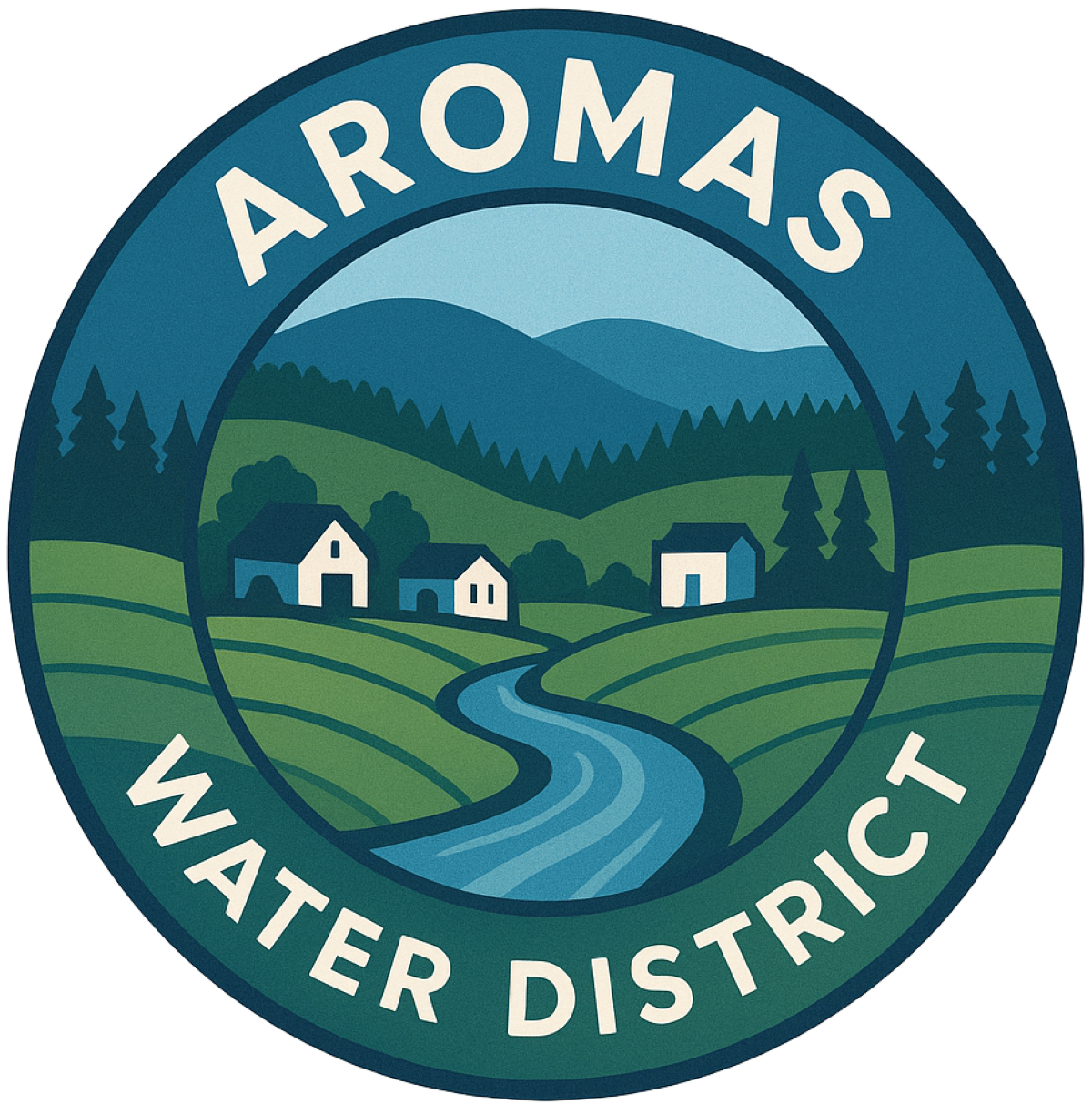Tips for Water Quality Issues on Private Property
Public vs. private water lines
The District is responsible for all water quality up to the point of connection with the customer's private water lines. Specifically, the district is responsible to maintain water quality in our water mains, in our "service connection" line from our main to the meter and the meter itself. All piping beyond the end of our meter is the customer's private responsibility. With private lines the District cannot control what type of piping is used, how it is plumbed or how it is treated/filtered by the customer. For this reason we cannot work on the customers private lines/plumbing. For a diagram of a typical connection click below:
Diagram- District Vs Customer Responsibilities.pdfPlease make sure to have a shut off valve on your side of the meter. Keep your meter accessible by clearing shrubbery/plants near the meter.
If you have a pressure booster make sure you have a low-level cut off switch to avoid damage to your system.
Common Water Quality Issues
However, there are some very common water quality issues that occur in private water lines and household plumbing. Our operations/field staff are often able to offer tips to customers to help them diagnose problems. Below are the most common issues found:
Discolored Water
The top three reasons water becomes discolored in a customer's private lines are:
1. Galvanized pipes. The customer's plumbing is made of galvanized (steel) pipes which are rusting on the inside. Here are two useful videos explaining why galvanized pipes have a limited lifespan and why they cause brown or colored water.
- Galvanized pipes in older homes (YouTube)
- When to replace galvanized pipes (YouTube)
2. Rusting water heater. The tanks of large household water heaters are made of steel and will eventually rust on the inside. If customers are only getting brown water in the shower/bathtub or while using hot water, the water heater is usually the culprit.
3. Naturally occurring sediment, iron and manganese. As described on the "FAQs about water quality" page, a small amount of naturally occurring sediment, iron/manganese is in the system. This slowly builds up in the customer's lines. Brown water will be seen when it gets stirred up by heavy usage in or around the home. This can occur more often if the customer has a long line from the meter to the house. It also can occur after returning from a vacation; when starting to irrigate for the first time in the spring; when quickly filling a bathtub or some other high usage around the house.
Water Odors
The water in our system does not have odors. So if we get an odor complaint it is almost always something in the customer's private lines/plumbing. The hot water heater is usually the culprit and we will ask the customer to check if the odors are present only when running hot water. If odors are coming from the heater, the customers can drain and flush the heater.
Irrigation System Leaks
Avoid a high water bill! Before starting outdoor watering in the spring we recommend checking your irrigation system for damage from rodents, uprooted trees, erosion, freezing, etc.
